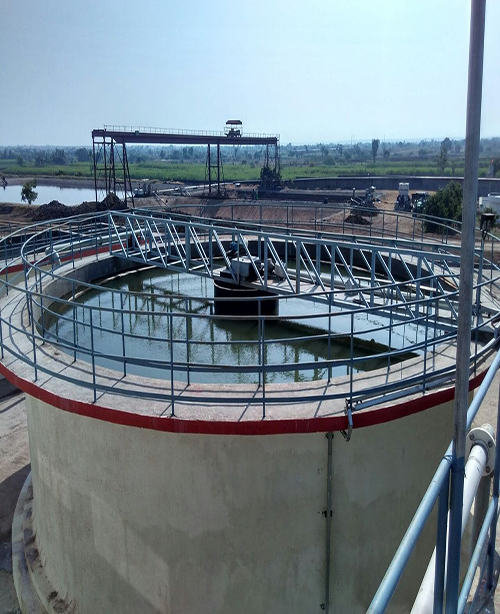
Common effluent treatment plant (CETP)
We have 10+ years of experience with providing wide area of specialty services works listed below
CETP is a centralized facility where wastewater from multiple sources is treated collectively before being discharged into the environment. This approach not only optimizes the treatment process but also minimizes the environmental impact by ensuring compliance with regulatory standards.
In industries where the volume and complexity of wastewater generated are significant, individual treatment facilities may not be feasible or cost-effective. CETPs offer a sustainable solution by consolidating the treatment process, thereby reducing operational costs and resource utilization
Hydroflux Engineering Pvt Ltd, headquartered in Delhi, India, stands out as a reputable manufacturer of ETP (Effluent Treatment Plants), STP (Sewage Treatment Plants), DM (Demineralization) Plants, and RO (Reverse Osmosis) Plants. With a rich history of serving various industries across the globe, Hydroflux Engineering is committed to innovation and excellence in wastewater treatment solutions.
Recognizing that different industries have unique wastewater characteristics, Hydroflux Engineering offers customized CETP solutions tailored to specific requirements. Whether it's the pharmaceutical, textile, chemical, or food processing industry, Hydroflux Engineering designs CETPs that address the specific challenges faced by each sector.


















